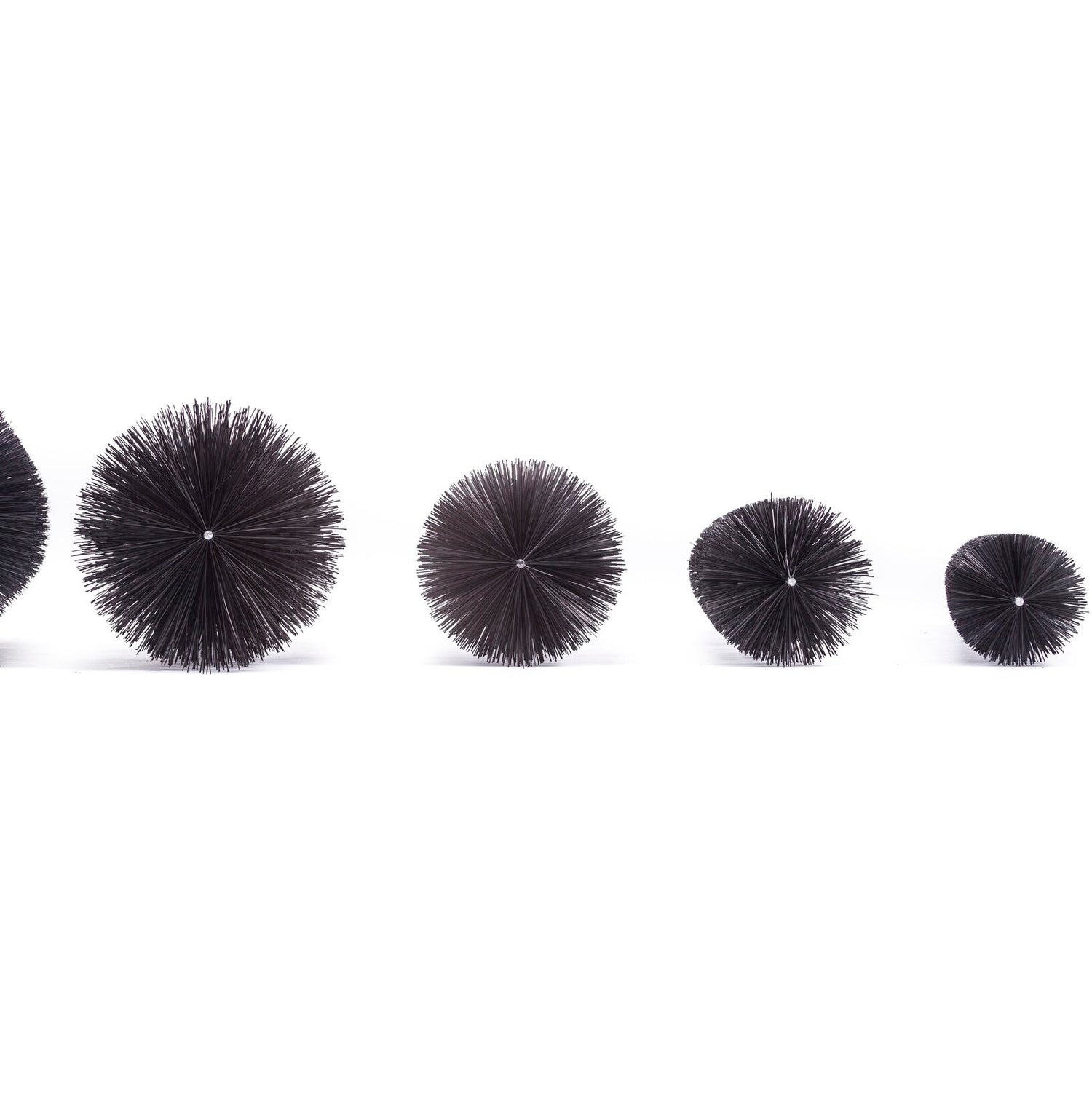Trees are a graceful—and beneficial--addition to your landscape. They provide shade to naturally cool the home, help clean the air of pollution, and give you a place from which to hang your hammock. On the other hand, if you do not maintain your them, tree damage can become a source of aggravation and major damage to the structure of your home.
Take a look.
Home Damage Resulting from Trees
Roof Damage:
When they become overgrown, trees limbs can scrape across your shingles during a windstorm. Of course, this constantly repetitive scraping action can cause premature shingle wear. Or, they can snag on a shingle and pop it completely off your home. This exposes the sheeting and allows moisture to collect and seep into your home if undetected, causing roof leaks.
Gutter Clogs:
Naturally, you know that leaves, acorns, pine needles, and limbs clog your gutters. Trees that overhang the home are definitely a contributor to this issue! To make matters worse, these clogs can cause the formation of ice dams that damage your roof if the clog goes unchecked. Clear gutter clogs right away and prevent future clogs with the GutterBrush.
Foundation Damage:
Tree roots can stretch for several yards, embedding themselves around—or under—the foundation of your home. This can cause cracks to develop over time with the consequence of foundation damage or basement leaks.
How to Prevent Tree Damage:
Careful Consideration to Landscaping
If you’re considering planting trees, do your homework first! Carefully consider the species of tree you’re planting, especially researching the following:
- how tall the tree will become;
- how much the branches will spread in time;
- the spread of the tree’s root system.
Knowing this information before you plant will allow you to decide how far away from your house you’d like to plant the tree. Or, it will help you decide whether you even want to plant this particular tree or to select a different species.
Trim Existing Trees
Maybe you have moved into a home with mature trees already on the property? Start cleaning up those trees asap. There’s little you can do about an already established tree root system. However, you can hire an arborist to come in and give the trees an almost ruthless trimming.
This is definitely a job for a professional. First of all, a professional tree service will have the tools to do the job safely. In addition, he will know how to shape the tree attractively and can advise you on the overall health of the tree as well as future maintenance needs.
Remove Diseased or Dying Trees
When you call that tree pro, he might even advise you to completely remove a tree. The tree could be diseased, dying, or just too invasive to be allowed to continue to grow close to the home. While you will lose your shade initially, this option will give you a chance to select and plant a more suitable tree.
A Final Note:
Once you’ve handled your “tree issue,” your job is not done! You should perform a visual inspection of the trees around your home, your roof, and your gutters every 6 months. Tackle these maintenance tasks as you see them to prevent major damage and costly home repairs.
Author Bio: Deborah Tayloe is a DIY blogger and content writer for GutterBrush. She loves to write about DIY ideas and is a particular fan of furniture restoration. When she’s not writing about DIY topics, she’s putting her knowledge to use renovating her 50-year-old home one room at a time.


